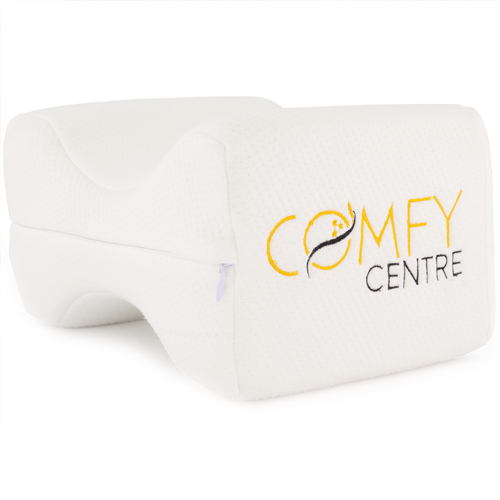Menu
We all know it's challenging to run if you're enduring pain in your back as it produces perceptions of fear and uncertainty more than any other injury. It can even be debilitating and can create a significant impact on your training plans.
Here's a look at some of the few aspects you should know about lower back pain when running: the specific conditions that could lead to back pain, exercises you can incorporate, and some rules to follow on returning to running after the pain.
Running is a high impact activity; that's why it can be challenging to determine the main reason as to why runners experience back pain issues. It can often be attributed to a bad habit and insufficient strength in the muscles to support this strenuous activity.
Facets are little joints in the back, settled between each vertebra (bones of the spine), and once it's congested, you'll encounter pain in your back.
Running in a swayback posture or excessive arch in the lower back may lead to facet syndrome development, as it exerts a lot of pressure on the joints and bones of your spine.
Most people run with this kind of posture due to their tight hip flexors that forces their pelvis to tilt forward, generating a more significant arch and altering the spine's position.
A sacroiliac joint sprain happens if the ligaments attaching these two bones are damaged and also typically the effect of repetitive stress. These joints are settled at the junction between the base of your spine and the pelvis.
A sacroiliac joint sprain is often caused by poor running mechanics or lousy posture while running. The pain happens gradually and develops into a chronic inflammation affecting the lower back and glutes over time.
Due to the pandemic, most people spend the entire day sitting - whether at home or work. This sedentary lifestyle may lead to tight hip flexors, which contributes to lower back pain when running. If your hip flexors become tight, the gluteal muscles tend to be inactive. Since your glutes are weak, the hamstrings perform the job while you're running and pulling on your lower back muscles, leading to lower back pain.
Weak core muscles lead to lower back pain. According to a study, underdeveloped deep core muscles likely cause struggle and pain in the lower back for runners. It occurs when the superficial muscles (rectus abdominis) have to take over the underdeveloped deep core muscles. These muscles don't render enough stability and support to the spine while running.
The spinal disc, a soft-centered cartilage-based disc, is located between each of the spine's vertebrae. It acts as a cushion in the vertebrae and absorbs impact when running.
It can also sometimes rip or become herniated when the delicate inner portion of the disc protrudes into a tear in the exterior.
Disc herniations can happen due to a sudden trauma or tedious stress caused by bad posture and poor running mechanics. Putting excessive pressure on the spine while running will likely aggravate the discs and cause a herniation.
Healthy runners aim to maintain their upper body's control, as much as they build strength in their legs and feet. A healthy and controlled upper body supports the lower body and provides a more tangible form for the runner. But running with nagging pain and sore, or even stiff in the back can be unbearable.
You can incorporate these exercises into your regular workout to help ease any existing back pain after running and prevent yourself from twitching your back in the future.
How to:
How to:
How to:
How to:
This exercise is an excellent alternative to a forward fold stretch as it supports the low back and hips to lengthen and release tightness.

(104)
4.6/5
Our best selling cushion in some parts of Europe! This pillow keeps your legs in proper elevation the whole night, therefore, preventing any nerve strains and improper legs and spine alignment.
(72)
4.6/5
This knee pillow with strap is ideal for side sleepers who move more often at night. The strap keeps the knee pillow in place and prevents the knees from continuously pressing together while sleeping.
How to:
Everyone's recovery is different. Each person's restoration depends entirely on the symptoms they're experiencing. In some cases, pain can be severe that you can't continue performing strenuous activities such as running. But other times, pain can be minor and gentle jogging can still be possible. The most important thing to remember is always to listen to your body and determine how much and what it can handle. Pain lets you know when to stop.
Here are some few rules you should know before you can return to running after the pain:
Note: If the pain persists down the buttock into the leg, the condition already worsened, and therefore, you should stop any activity. If the pain centralizes and returns toward the spine (considering the pain has worsened slightly), you should keep moving as the condition progresses.
Lower back pain when running can easily be resolved with proper treatment as quickly as two to three weeks. However, severe cases may take up to 4-6 weeks. Incorporate these simple tips for your lower back and continue rehabilitating until you're fully recovered and can perform all activities and running normally. And by rehabilitating, it intends that you should still keep moving. Go for a walk or perform light stretching exercises to keep your blood flowing and maintain spinal mobility. Being inactive may likely worsen the pain.